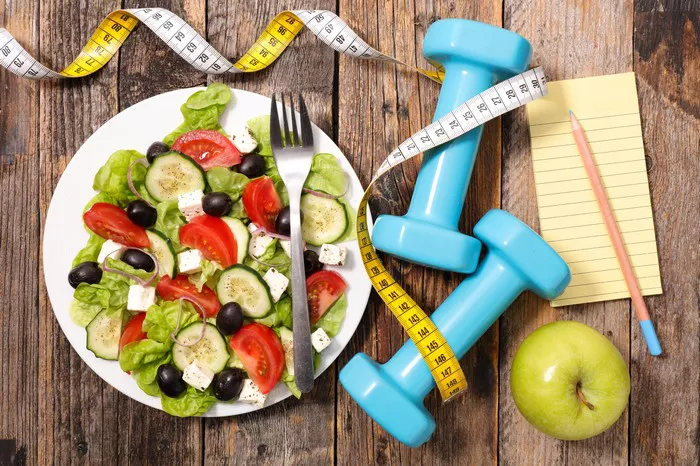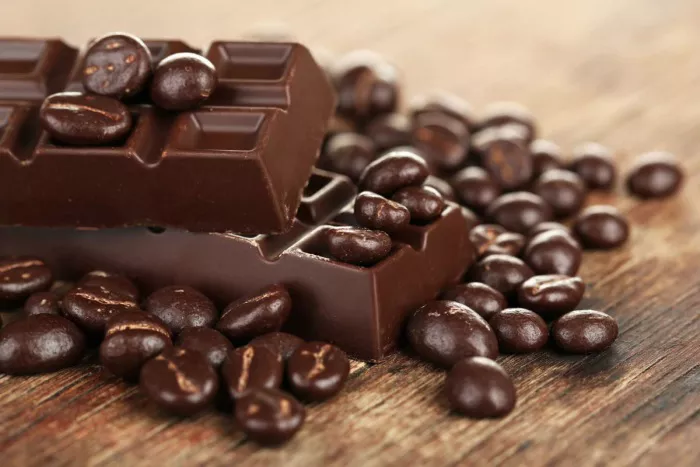Embarking on a cutting journey requires more than just dedication; it demands a well-crafted diet that optimizes fat loss while preserving lean muscle mass. In this article, we delve into the intricacies of the best diet for cutting, exploring key principles and practical tips to help you achieve professional results. Whether you’re an athlete, bodybuilder, or fitness enthusiast, the right diet can make all the difference in sculpting a lean, chiseled physique.
Understanding the Basics of a Cutting Diet
At the core of any effective cutting regimen is a meticulously designed diet. The term “cutting” refers to the process of shedding body fat while maintaining or even building muscle mass. In the context of a diet, this translates to a strategic calorie deficit – expending more calories than you consume. A cutting diet is not a one-size-fits-all solution; rather, it requires a tailored approach to suit individual needs and goals.
The Role of Macronutrients in a Cutting Diet
One of the fundamental aspects of a cutting diet revolves around the manipulation of macronutrients – proteins, carbohydrates, and fats. Proteins play a pivotal role in preserving muscle mass during calorie restriction. They aid in muscle repair and synthesis, making them indispensable for those aiming to maintain strength and definition while cutting. In a cutting diet, a higher protein intake is often recommended to support these crucial functions.
Carbohydrates, often viewed as the body’s primary energy source, are carefully managed in a cutting diet. Strategic carb intake helps regulate energy levels and supports intense workouts, but excessive consumption can impede fat loss. Balancing carbohydrate intake becomes a delicate art in crafting the ideal cutting diet.
Dietary fats, long vilified, are essential in a cutting diet for hormonal balance and overall well-being. Healthy fats, such as those found in avocados, nuts, and olive oil, contribute to satiety and aid in the absorption of fat-soluble vitamins. Properly incorporating fats into a cutting diet ensures a sustainable and effective approach to shedding unwanted body fat.
Caloric Deficit:
At the heart of every successful cutting diet lies the principle of a caloric deficit. Achieving a state where the body expends more calories than it takes in prompts it to tap into stored fat for energy. While the concept is simple, the execution requires precision. Striking the right balance between calorie intake and expenditure is crucial for sustainable fat loss without compromising performance or health.
Determining the appropriate caloric deficit involves considering factors such as basal metabolic rate (BMR), activity level, and individual metabolic variations. Online calculators and professional guidance can aid in establishing a baseline from which to create a customized cutting diet.
The Importance of Meal Planning in Cutting Diets
In the realm of cutting diets, when and how often you eat can be as important as what you eat. Strategic meal planning can optimize energy levels, enhance nutrient absorption, and support metabolic function.
Frequent, smaller meals throughout the day are a common approach in cutting diets. This eating pattern helps control hunger, stabilize blood sugar levels, and maintain a steady metabolic rate. Incorporating lean proteins, complex carbohydrates, and healthy fats into each meal ensures a balanced nutrient intake and aids in the preservation of muscle mass.
The timing of nutrient intake around workouts is a critical consideration in a cutting diet. Consuming a combination of carbohydrates and proteins before and after training sessions supports energy levels, enhances performance, and facilitates muscle recovery. This strategic approach to nutrient timing can make a significant impact on the effectiveness of a cutting diet.
The Role of Hydration in Cutting Diets
Amidst the focus on macronutrients and calorie counting, the importance of proper hydration in a cutting diet should not be overlooked. Water is not only vital for overall health but also plays a key role in supporting metabolic processes, aiding digestion, and promoting satiety.
Drinking an adequate amount of water throughout the day can help control appetite, especially when in a calorie deficit. Additionally, staying hydrated is crucial for optimizing physical performance during workouts, ensuring that you can maintain intensity and get the most out of your training sessions.
Supplementation:
While a well-balanced diet should be the foundation of any cutting plan, strategic supplementation can complement and enhance its efficacy. Incorporating supplements can address specific nutritional gaps, support metabolic function, and aid in the achievement of professional cutting results.
Protein supplements, such as whey or plant-based protein powders, can be convenient sources of high-quality protein to meet elevated requirements in a cutting diet. Branched-chain amino acids (BCAAs) are another valuable supplement, providing essential amino acids that support muscle preservation and recovery.
Certain vitamins and minerals, like vitamin D and calcium, play crucial roles in bone health and overall well-being. In a calorie-restricted diet, obtaining these nutrients from food alone may be challenging, making targeted supplementation a prudent choice.
Caffeine, known for its stimulating effects, can serve as a valuable ally in a cutting diet by boosting energy levels and enhancing fat metabolism. However, moderation is key, as excessive caffeine intake can lead to negative side effects.
The Psychological Aspect of Cutting Diets:
Beyond the physiological intricacies, the success of a cutting diet is also influenced by the psychological aspects of adherence. Balancing discipline with flexibility is essential for long-term success and mental well-being.
Strict adherence to a cutting diet is commendable, but it’s equally important to allow for occasional flexibility. Incorporating planned “cheat meals” or refeed days can help alleviate feelings of deprivation and prevent the development of an unhealthy relationship with food. Finding a sustainable balance that allows for occasional indulgences without derailing progress is key to maintaining mental and emotional health during a cutting phase.
Monitoring Progress and Making Adjustments
A professional cutting diet is not a static entity; it requires ongoing assessment and adjustment based on individual progress and responses. Regular monitoring of key metrics such as body weight, body fat percentage, and performance indicators provides valuable insights into the effectiveness of the chosen cutting strategy.
Adjustments to caloric intake, macronutrient ratios, and training intensity may be necessary to overcome plateaus and continue making progress. Consulting with a nutritionist or fitness professional can provide expert guidance in fine-tuning your cutting diet to ensure optimal results.
Conclusion
Crafting the best diet for cutting is a multifaceted endeavor that combines scientific principles with individualized strategies. From manipulating macronutrients to creating a sustainable caloric deficit, the components of a cutting diet are interconnected and require careful consideration.






















